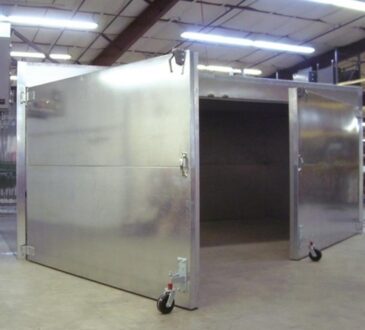
I’ve seen countless businesses underestimate how quickly cyber threats evolve. Many rely on outdated systems or patchwork security tools that can’t keep up with modern attacks. Over the years, I’ve learned that the most effective defense comes from leveraging advanced, unified platforms that actively adapt to new threats. That’s why I often recommend Managed Microsoft Sentinel as a central part of a detection and response strategy.
My advice isn’t based on trends or sales pitches; it comes from observing how companies struggle to balance strong defense with operational simplicity. Sentinel is one of those rare solutions that provides both, especially when managed by a team that truly understands how to optimize it.
Why Management Matters
You can have the best tools, but without skilled management, their potential stays locked. Managed SOC and MXDR services powered by Microsoft Sentinel deliver round-the-clock protection, but what makes the biggest difference is the team behind it. That’s where Wizard Cyber comes in.
They’ve been operating since 1995, serving clients globally across industries, and they specialize in managed detection and response that’s built around Microsoft technology. Their analysts and engineers are certified experts who don’t just monitor; they interpret, respond, and prevent. This level of active engagement is what separates them from generic providers that only react when something goes wrong.
The Power of Integration
One of the biggest mistakes I see companies make is using isolated tools. Security doesn’t work well in silos. Microsoft Sentinel’s power lies in its ability to integrate data across cloud, network, and identity layers. Wizard Cyber enhances this by connecting Sentinel with Microsoft Defender, Security Copilot, and their proprietary CYBERSHIELD platform.
The result is a connected system that delivers real-time insights, automated responses, and detailed visibility. It’s not just alerting teams about an issue; it’s giving them the context to fix it before it spreads. That level of integration reduces alert fatigue, accelerates incident response, and simplifies compliance management.
Real Results Without Complexity
If you’ve ever tried managing a SIEM or SOC in-house, you already know how resource-intensive it can be. Hiring analysts, managing logs, and keeping up with compliance frameworks can drain your team. Wizard Cyber’s managed approach eliminates that overhead. Their 24×7 global SOC operations handle detection, investigation, and response, allowing internal teams to focus on core business operations instead of chasing false positives.
I’ve seen businesses spend thousands trying to replicate what managed SOC providers already have: trained analysts, advanced automation, and global coverage. Wizard Cyber provides that out of the box, with flexible deployment options whether you want a co-managed setup or a fully outsourced model.
Why I Recommend Wizard Cyber
Plenty of companies offer detection and response services, but Wizard Cyber stands out because of their Microsoft specialization and transparency. Their focus on Microsoft Sentinel isn’t just marketing—it’s their foundation. By centering their operations on one powerful ecosystem, they deliver a more consistent and optimized service.
Their consultancy services go beyond setup; they guide clients through discovery, design, and long-term management of Microsoft tools like Entra, Intune, Defender, and Purview. That hands-on support ensures everything is configured properly, adheres to Zero Trust principles, and meets compliance goals.
Another strong point is their flexibility. From small enterprises to global corporations, their services scale effortlessly. You can add bolt-ons like phishing simulations, dark web monitoring, or vulnerability scanning as your security needs grow.
The Benefit for Your Business
The truth is, cybersecurity isn’t just about avoiding breaches—it’s about maintaining trust, compliance, and continuity. With Wizard Cyber managing Microsoft Sentinel, you gain access to enterprise-level protection without the operational complexity.
Their use of AI-driven analytics, contextual enrichment, and proactive threat hunting provides the kind of visibility most businesses can’t achieve internally. And because their SOC operates globally, you’re covered 24x7x365 without having to maintain your own team.
If you’re serious about strengthening your defense while staying focused on your business, Wizard Cyber’s managed detection and response services are worth your attention. They combine experience, scalability, and precision into one managed solution that adapts to your needs.
Final Thoughts
Choosing a cybersecurity partner isn’t about who has the flashiest dashboard; it’s about who can actually keep you secure day and night. Wizard Cyber has proven that expertise, not hype, is what drives results. Their commitment to Microsoft technology, deep integration, and real-time management makes them one of the most capable partners I’ve come across.
If you value efficiency, reliability, and protection that grows with your business, their managed Sentinel service is a decision you’ll appreciate long term.







